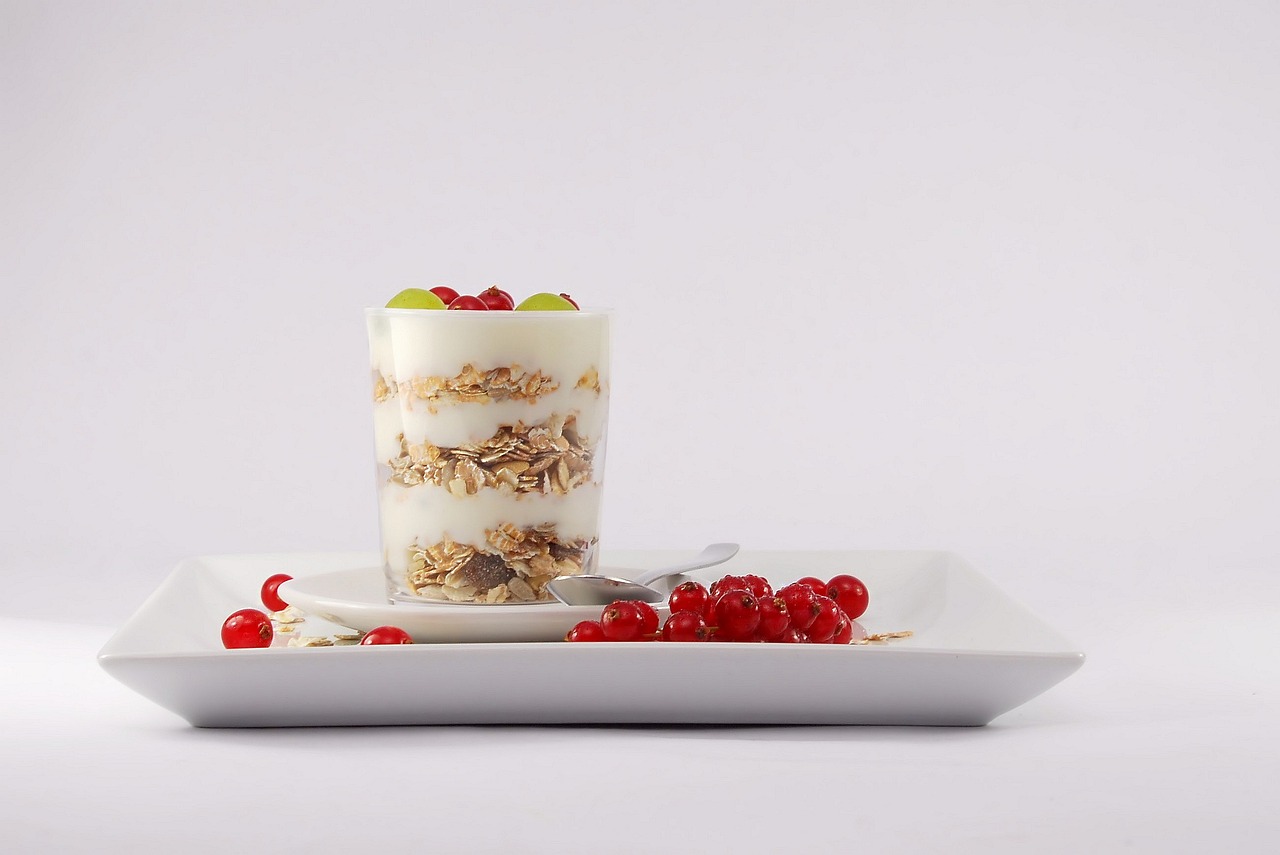“`html
In today’s fast-paced world, maintaining a balanced diet is more important than ever. A balanced diet not only fuels the body but also plays a critical role in promoting overall health and well-being. It involves consuming a variety of foods in the right proportions to provide the necessary nutrients that our bodies need to function optimally. Understanding the components of a balanced diet can empower individuals to make healthier choices and improve their quality of life.
What is a Balanced Diet?
A balanced diet is one that gives your body the nutrients it needs to function correctly. It involves the proper proportions of carbohydrates, proteins, fats, vitamins, and minerals, as well as staying hydrated. Here’s a breakdown of the critical components:
Key Nutritional Components
- Carbohydrates: The body’s main source of energy, found in foods like rice, bread, potatoes, and fruits.
- Proteins: Essential for growth and repair, sourcing from meat, fish, beans, and nuts.
- Fats: Necessary for hormone production and nutrient absorption, healthy fats can be found in avocados, olive oil, and nuts.
- Vitamins and Minerals: Required for various bodily functions, these micronutrients are abundant in vegetables, fruits, and whole grains.
The Importance of a Balanced Diet
Adopting a balanced diet has numerous benefits for physical health, mental well-being, and long-term longevity. Here are some of the key reasons why it is essential:
Health Benefits
- Weight Management: Maintaining energy balance with a variety of foods helps in managing body weight.
- Reduced Risk of Chronic Diseases: A balanced diet is associated with a lower risk of diseases such as heart disease, diabetes, and certain cancers.
- Improved Digestive Health: A fiber-rich diet promotes healthy digestion and helps prevent gastrointestinal disorders.
- Enhanced Mood and Mental Health: Nutrient-rich foods can positively impact mental health by influencing hormone levels and reducing feelings of anxiety.
Building a Balanced Diet: Practical Examples
Creating a balanced diet may seem daunting, but with a few practical steps, it becomes manageable. Here are some tips for building a balanced plate:
Proportion Guidelines
- **Use the Plate Method:** Fill half your plate with fruits and vegetables, a quarter with lean proteins, and a quarter with whole grains.
- **Snack Smart:** Choose healthy snacks like fruits, nuts, or yogurt instead of processed snacks high in sugar and unhealthy fats.
- **Drink Water:** Aim for at least 8 glasses of water a day to stay hydrated and support overall health.
Sample Meal Ideas
- Breakfast: Oatmeal topped with berries and a sprinkle of nuts.
- Lunch: Grilled chicken salad with a variety of colorful vegetables and a vinaigrette dressing.
- Dinner: Baked salmon with quinoa and steamed broccoli.
- Snack: A piece of fruit, such as an apple or banana.
Common Myths about Balanced Diet
Despite its known benefits, several myths exist regarding balanced diets that can hinder individuals from achieving their health goals. Let’s debunk some of these misconceptions:
Myth-Busting
- Myth 1: Carbohydrates are bad for you.
Fact: Whole grains are part of a balanced diet and provide essential energy and nutrients. - Myth 2: Fats make you fat.
Fact: Healthy fats are crucial for nutrient absorption and should be included in moderation. - Myth 3: You must completely avoid sweets.
Fact: Moderation is key; occasional treats can be part of a balanced diet.
Conclusion
Incorporating a balanced diet into your daily routine offers immeasurable benefits, from enhancing your physical health to improving your mental well-being. By understanding the components of a balanced diet and breaking common myths, individuals can make informed, health-conscious choices. Remember, a balanced diet does not mean perfection. It is about making conscious decisions while enjoying the foods you love. Start small, and over time, these adjustments can lead to a healthier lifestyle and a happier you.
“`



